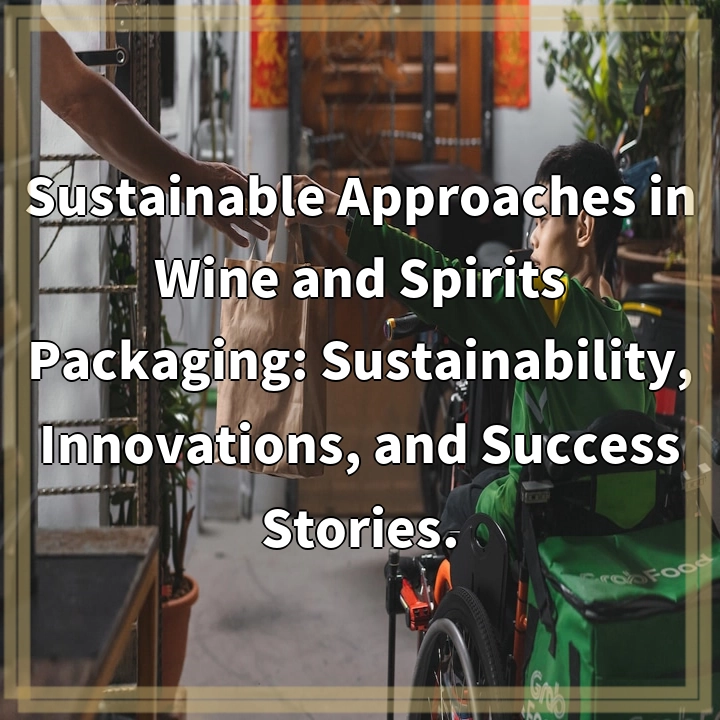
What it is:
Sustainable approaches in wine and spirits packaging refer to efforts and initiatives aimed at reducing the environmental impact of the packaging used in the wine and spirits industry. It involves adopting practices and materials that minimize waste, energy consumption, and carbon emissions throughout the entire packaging lifecycle.
Real-world problems:
The wine and spirits industry faces several challenges in terms of sustainable packaging. These problems include:
1. Excessive use of non-recyclable materials:
Traditional packaging materials such as glass and certain plastics are commonly used in the wine and spirits industry. These materials have significant environmental impacts, including high carbon emissions, energy consumption during production, and non-biodegradability.
2. Waste generation and landfill contributions:
The consumption of wine and spirits leads to a substantial amount of packaging waste. Many consumers dispose of bottles and other packaging materials in regular waste streams, leading to increased landfill contributions. This not only depletes natural resources but also contributes to pollution and greenhouse gas emissions.
3. Lack of awareness and consumer demand for sustainable options:
Despite the increasing demand for sustainable products, there is still a lack of widespread awareness among consumers about the environmental impact of wine and spirits packaging. Additionally, many consumers prioritize factors such as taste and brand reputation over sustainability considerations when making purchasing decisions.
4. Transportation and logistics:
The wine and spirits industry involves the transport of products from vineyards and distilleries to consumers worldwide. This long-distance transportation contributes to carbon emissions and energy consumption, adding to the overall environmental footprint of the packaging process.
5. Limited recycling infrastructure:
In some regions, the lack of well-established recycling infrastructure poses a challenge for sustainable packaging in the wine and spirits industry. Limited recycling options make it difficult for consumers to dispose of packaging materials properly, leading to increased waste and environmental harm.

Solutions for Sustainable Approaches in Wine and Spirits Packaging:
1. Transition to Recyclable and Biodegradable Materials:
One solution is to shift towards packaging materials that are recyclable or biodegradable. This includes exploring alternatives to traditional glass bottles, such as lightweight glass or even plastic bottles made from recycled or plant-based materials. These options can significantly reduce the environmental impact of packaging and promote a circular economy.
2. Embrace Innovative Packaging Design:
Innovative packaging design can help reduce material waste and improve sustainability. This includes exploring creative solutions like wine pouches, bag-in-box packaging, or lightweight glass bottles that use less energy during production and transportation. Additionally, the use of eco-friendly inks and labels can further enhance sustainability efforts.
3. Educating Consumers:
Raising awareness among consumers about the environmental impact of packaging is key to driving change. Producers and retailers can educate consumers about sustainable packaging options and the importance of recycling. Clear labeling and marketing campaigns can highlight sustainable practices, encouraging consumers to make more environmentally conscious choices.
4. Implementing Extended Producer Responsibility (EPR):
Extended Producer Responsibility programs promote the idea that producers are responsible for the end-of-life management of their packaging. By implementing EPR strategies, wine and spirits producers can incentivize sustainable practices, such as offering take-back programs and investing in recycling infrastructure. This can help reduce waste and increase recycling rates.
5. Enhancing Supply Chain Efficiency:
Improving supply chain efficiency and optimizing transportation and logistics can contribute to reducing the environmental impact of wine and spirits packaging. This can be achieved by adopting eco-friendly transportation methods, optimizing packaging sizes to reduce material consumption, and exploring local sourcing options to minimize carbon emissions from long-distance transportation.















